Do you struggle with feeling overwhelmed, anxious and exhausted? Try these five breathing exercises to clear your mind, energize your body and blow your stress away.
Think about your average day. Between waking in the morning and going to bed at night, how often do you feel totally relaxed?
When life gets busy — as it often does in our fast-paced, 24/7 world — finding time to put the brakes on, sit in stillness, and take a big breath can feel almost impossible.
Want to train your brain to be happier and healthier?
Click here to receive our FREE 7-Day Meditation Challenge!
Yet that’s exactly what you need to be doing on a DAILY basis if you want to feel more relaxed, improve clarity, and reach your peak fitness.
Adequate rest is vital for mental and physical performance — a well-rested brain and body is a well-functioning brain and body — but that doesn’t mean you have to clock more hours in the land of nod, or even take an afternoon nap. [tweet_quote]Taking the time to breathe can help relax you or increase energy, depending on your intent and needs.[/tweet_quote]
In fact, one of the best tools for relaxation, stress management and increasing energy is something that you’re already doing right now — breathing!
Focusing on the breath is the easiest way to calm the mind and deal with stress internally. Acting as a natural tranquilizer for the nervous system, deep breathing can reduce anxiety, increase energy and relieve stress. (1)(2)
Yet the unconscious breath, the one that occurs naturally, 24 hours a day, won’t automatically change how you feel. Using the breath to stimulate relaxation, mental focus, and physical energy requires a conscious awareness and voluntary manipulation.
The five breathing exercises outlined below are a great place to start bringing awareness to your breathing and reaping more benefits from every inhale and exhale.
Deep Breathing for Relaxation
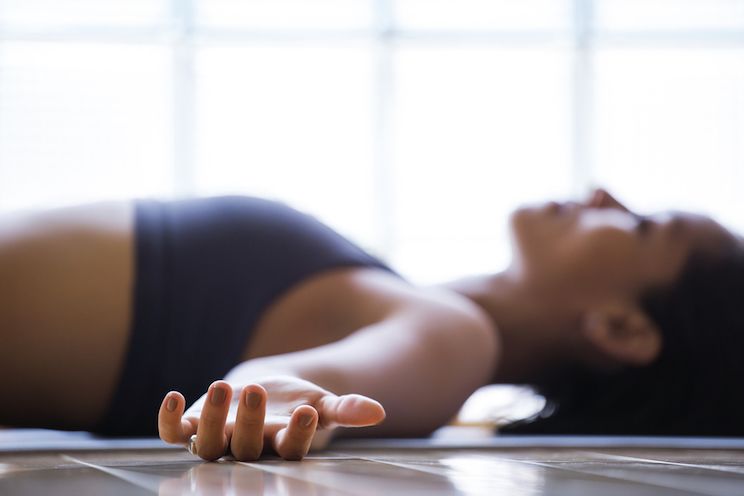
The sympathetic nervous system is responsible for the fight-or-flight reflex; it’s what keeps you alert to any perceived predators. Unfortunately, the sympathetic nervous system doesn’t realize that your full inbox or fast approaching work deadline isn’t a life or death situation, which can leave your body in a constant state of stress. [tweet_quote] Deep breathing helps combat your fight-or-flight reflexes of the sympathetic nervous system.[/tweet_quote]
The parasympathetic nervous system, on the other hand, promotes deep relaxation and improves bodily functions, including digestion and sexual arousal, and releases muscular tension.
You can manipulate both nervous systems through the breath. Short, fast, shallow breathing will activate the sympathetic nervous system, essentially firing up your body. Deep, slow, controlled breathing will activate the parasympathetic nervous system and cool your internal fire.
In addition to general relaxation and improved bodily functions, regular deep breathing can also help to lower blood pressure and heart rate (3), reducing the risk of stroke. According to new research, it also plays a role in temporarily reducing chronic pain (4).
The Techniques:
Deep Diaphragmatic Breathing: Deep breathing describes a full exchange of breath, with more oxygen entering the body, and more carbon dioxide exiting, than you would experience during a normal, unconscious breathing pattern.
Start by lying on the floor, with the knees comfortably bent. Close your eyes and inhale through your nose, pushing your belly up to the ceiling. Hold the breath for one second. Exhale through your mouth (imagine that you are blowing out birthday candles) for three seconds, and allow your belly to deflate. Repeat this sequence for 3-5 minutes.
The 10-Count Breath: Sit in a comfortable position, or lie down on your bed or the floor. Start breathing naturally, inhaling through your nose and exhaling through your mouth. Once you feel settled, begin to count your breaths, one for an inhale, two for an exhale, three for an inhale, and so on. Once you reach 10, start again at one for a total of three rounds.
You can do this anytime, anywhere — I particularly love it as a series before falling asleep. If you prefer the idea of a guided breathing-meditation, here’s a nifty audio for you to follow.
Breathing for Mental Clarity
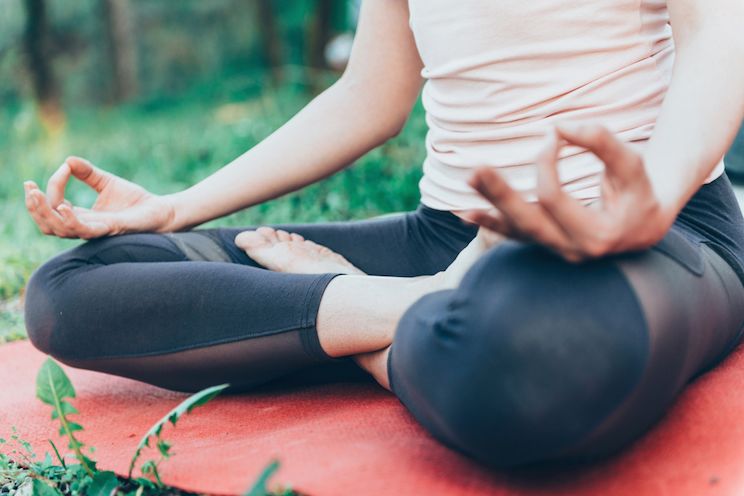
Enjoying a few calm, deep breaths has a soothing effect on your mind, and can help you feel more focused and content — as will taking those few minutes away from whatever task you’re doing to implement this exercise. [tweet_quote] Balancing oxygen and carbon dioxide levels in the brain can clear your mind. All you need to do is breathe.[/tweet_quote]
The idea behind this breathing technique is to balance the oxygen and carbon dioxide levels in the body by holding the breath.
You may notice that when you’re distracted or rushing to complete a task, your pace of breath quickens, bringing in excess oxygen. This can make you feel light-headed and add to that feeling of brain fog. This technique helps regain your carbon dioxide levels
The Technique:
The 4,7,8 Breath: Sit in an upright position with your back straight. Place the tip of your tongue against the ridge of tissue just behind your upper front teeth, and keep it there through the entire exercise. Close your mouth. Inhale through your nose for a count of four, hold your breath for a count of seven, and exhale completely through your mouth, making a whoosh sound for a count of eight. This is one breath. Begin again, and repeat the cycle three times, for a total of four breaths.
Note: The absolute time you spend on each phase is not important; the ratio of 4:7:8 is important. You might need to start with faster breaths, but overtime you will be able to slow each breath-phase down and get used to inhaling and exhaling more deeply.
Breathing for Athletic Performance
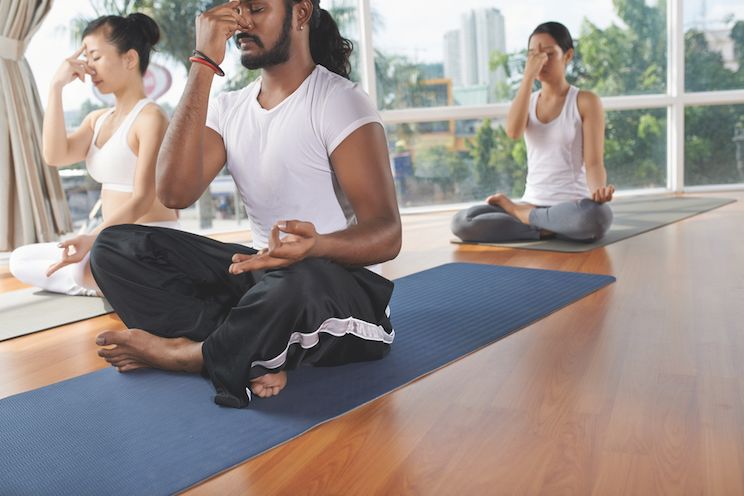
During exercise, your muscles require more oxygen to function, which is why the breath automatically becomes faster as you’re working out. When there isn’t enough oxygen present in the muscles to form ATP, glucose is transformed to lactate, otherwise known as lactic acid, which is a short-term source of fuel.
You’re probably familiar with that feeling of lead-legs after high intensity training or heavy weight lifting — that’s the lactic acid.
The more oxygen you have in your body, and the more efficiently you’re able to intake oxygen during exercise, the greater your physical performance will be.
A good way to increase lung capacity and learn how to breathe correctly during exercise is through forms of movement such as Pilates and Yoga. These styles of exercise link the breath and the body by providing specific patterns of breathing for each movement, which helps you become more aware of controlled breathing during exercise.
The Techniques:
Alternate Nostril Breathing: This yogic breathing exercise, based on the concept of timed and controlled breathing (pranayama), it is both relaxing and energizing.
Sit comfortably with a straight spine. Place your left arm in your lap and bring your right hand up to your nose, resting the pointer and middle finger between your eyebrows. Close your right nostril with your thumb and inhale through the left nostril, slowly and calmly. Close your left nostril with your ring finger (both nostrils are closed), and hold the breath for two seconds. Release your right nostril and exhale all of the air. Inhale again through the right, close both nostrils, and exhale through the left. That’s one cycle. Continue this pattern for 5-10 cycles.
The Hundred Breathing: This is a Pilates exercise that brings heat to the body and increases lung capacity. Take five sharp breaths in through the nose and five strong and short exhales through the mouth as you contract your abdominals. That equals one set of breath; continue for 10 sets.
(Read This Next: Relaxation Techniques to De-Stress Your Mind and Body)


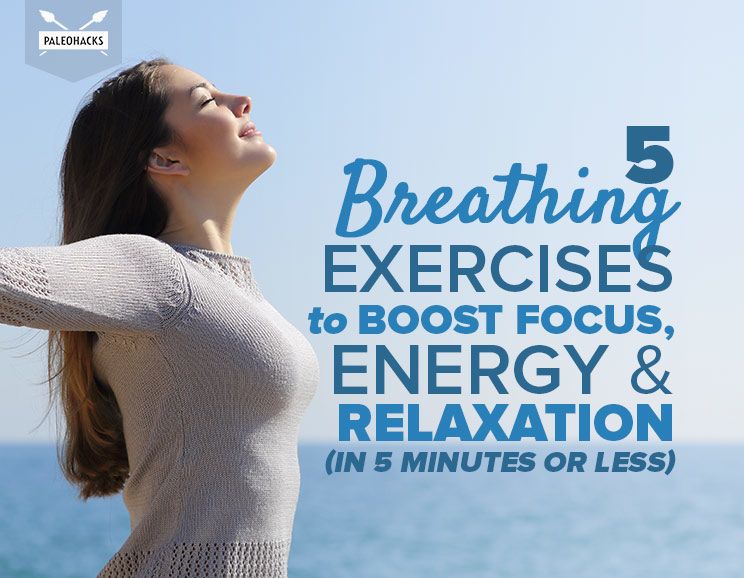
 Pregnancy Weight Gain: Where It Comes From & How Much is Healthy?
Pregnancy Weight Gain: Where It Comes From & How Much is Healthy?
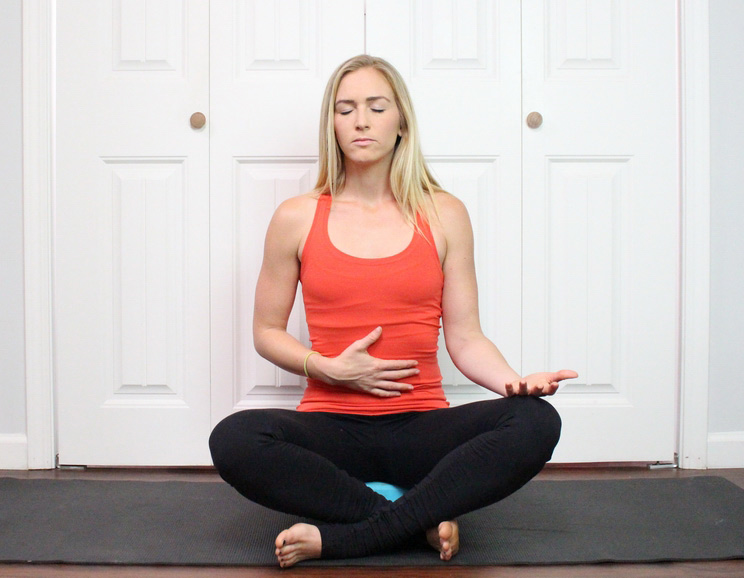
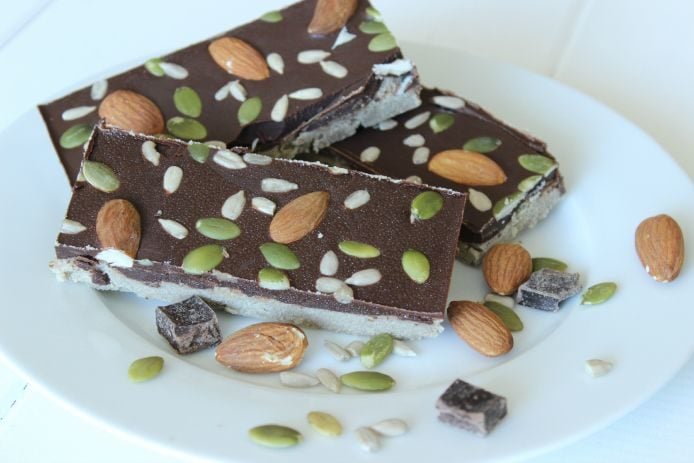
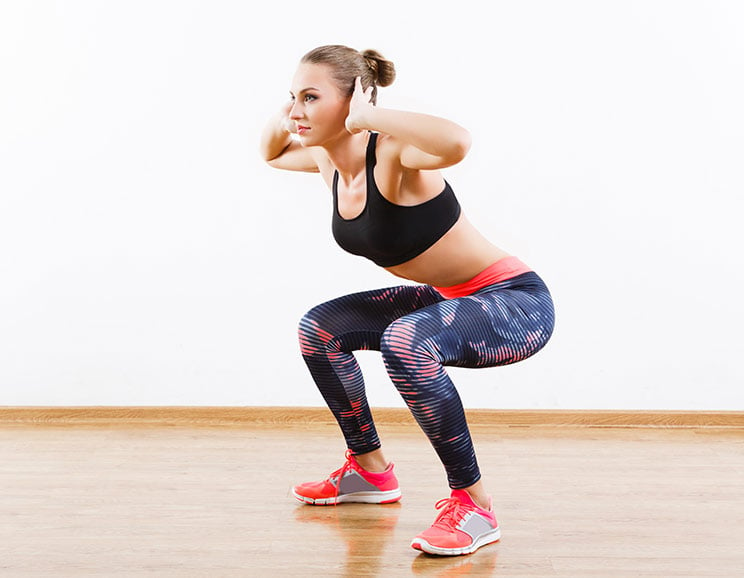



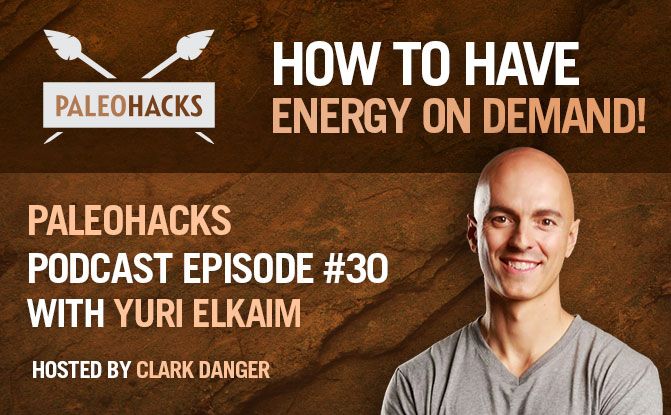
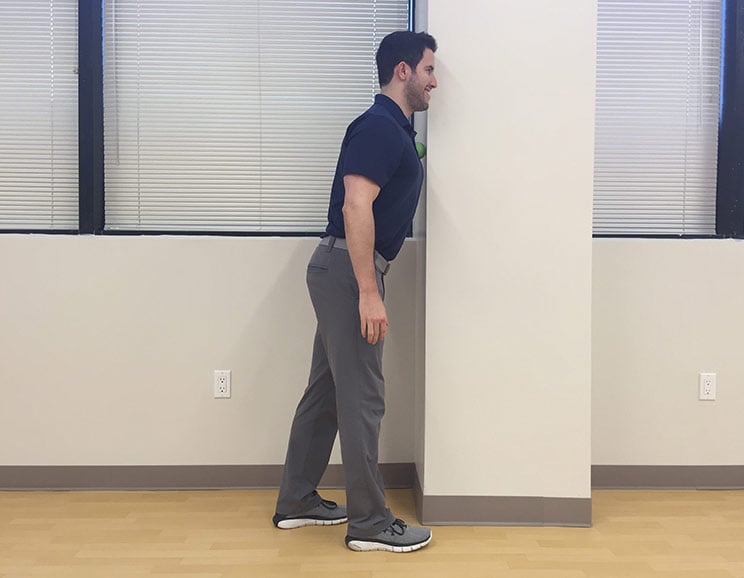

Show Comments